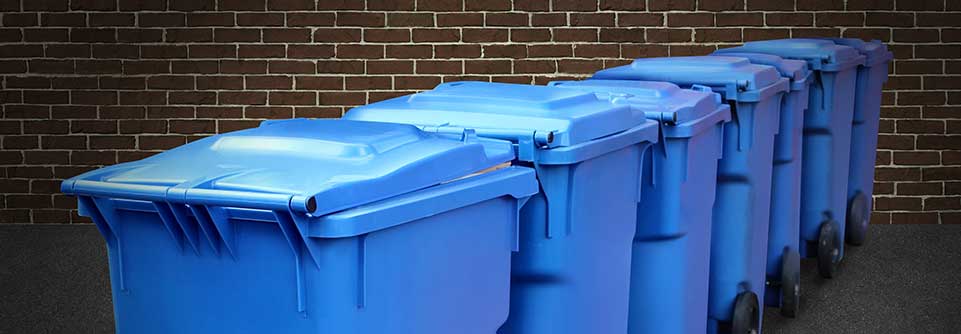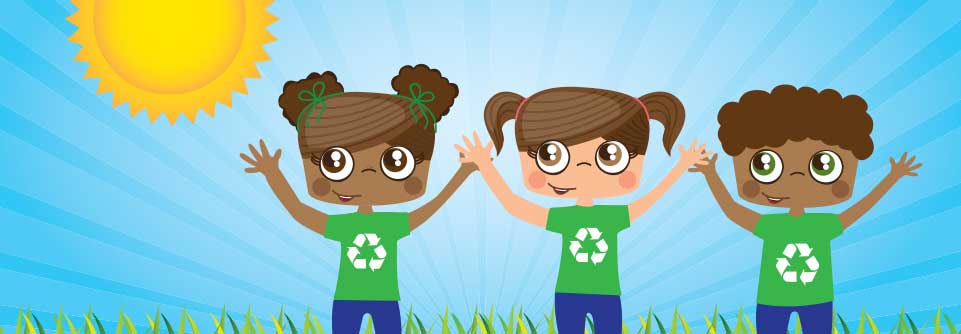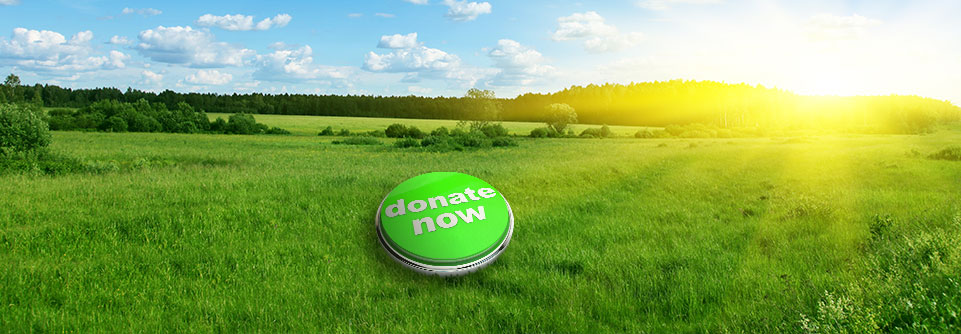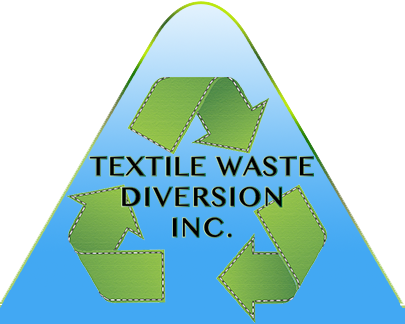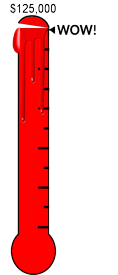
Thanks to your support, we were able to donate $125,000 to Canadian registered charities.
The Importance of Textile Recycling
by Tony Gamble
Did you know that you have an incredible power to reduce pollution in the fashion industry?
Dr. Christina Dean is a former dentist turned journalist. While living in Hong Kong and writing about the environment, she saw first hand the cost of fashion production. Since most of North America’s clothing is produced in China, this accounts for a lot of the pollution there.
To combat this, she launched Redress in 2020, an environmental NGO working to reduce waste in the fashion industry by:
Educating and nurturing emerging fashion designers,
Inspiring and informing fashion consumers,
Catalysing and changing the fashion industry.
In this fascinating sixteen minute video, Dean explains the impact of the fashion industry on polluting the planet, but also shows us how we truly can make a difference. And it’s not that difficult.
Here’s my take on this :
Dean explains how we fell into the cycle of dressing in rags. We’re buying more clothes and we’re not even spending more on them. That’s because the clothing is cheap and when you get cheap, you usually get bad quality. Since clothes are so cheaply made, they don’t last as long. Because they don’t last as long, we tend to throw them out.
This is what she learned:
Clothing has a big power to change the way that we feel and the way that we act.
We need to take care of clothes. A lot were dumped because a button was missing or it had a minor stain.
You need to love that piece enough to make it last.
We have just as much power to reduce pollution in the fashion industry by what we choose to wear.
Rather that throw out all your clothes, she advocates to be more conscious of your clothing by:
1. Buying less and buying better. Never buy poorly made clothing. It’s durability is the most important factor in determining it’s sustainability. This doesn’t mean always buying new. This includes
2. Care for the clothes that you have. Wash them and repair them.
3. Recycle all of your clothing. Never throw them in the garbage.
It’s empowering to know that we actually have more control in changing pollution than the manufacturers do. By making a few minor changes, we can have a major impact.

